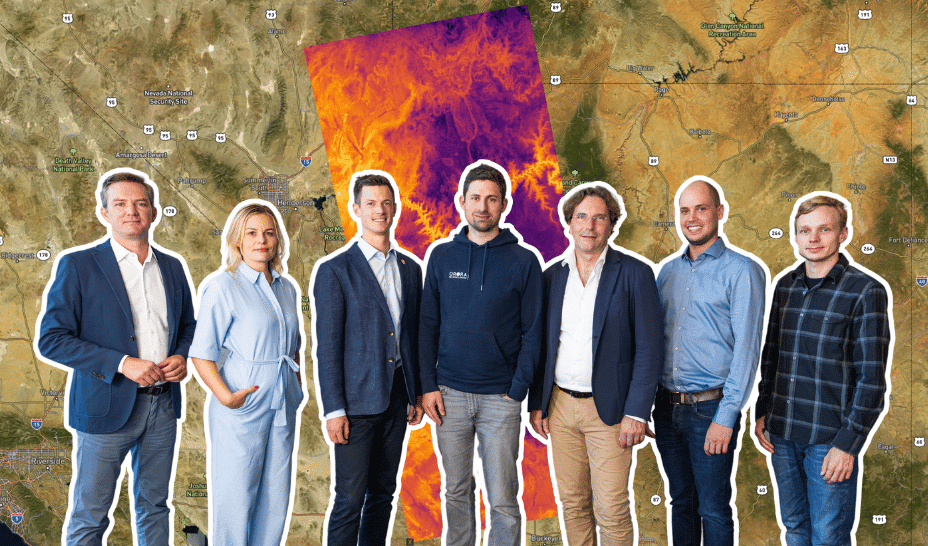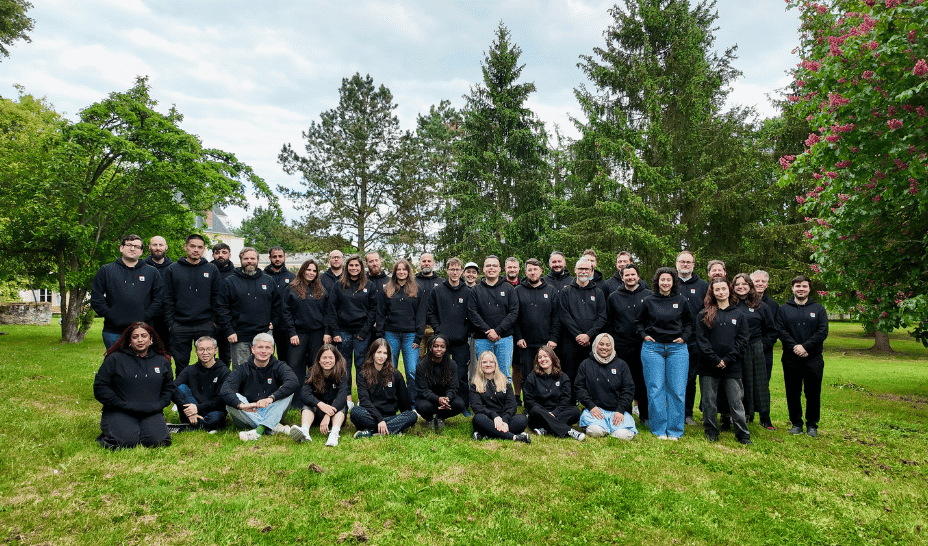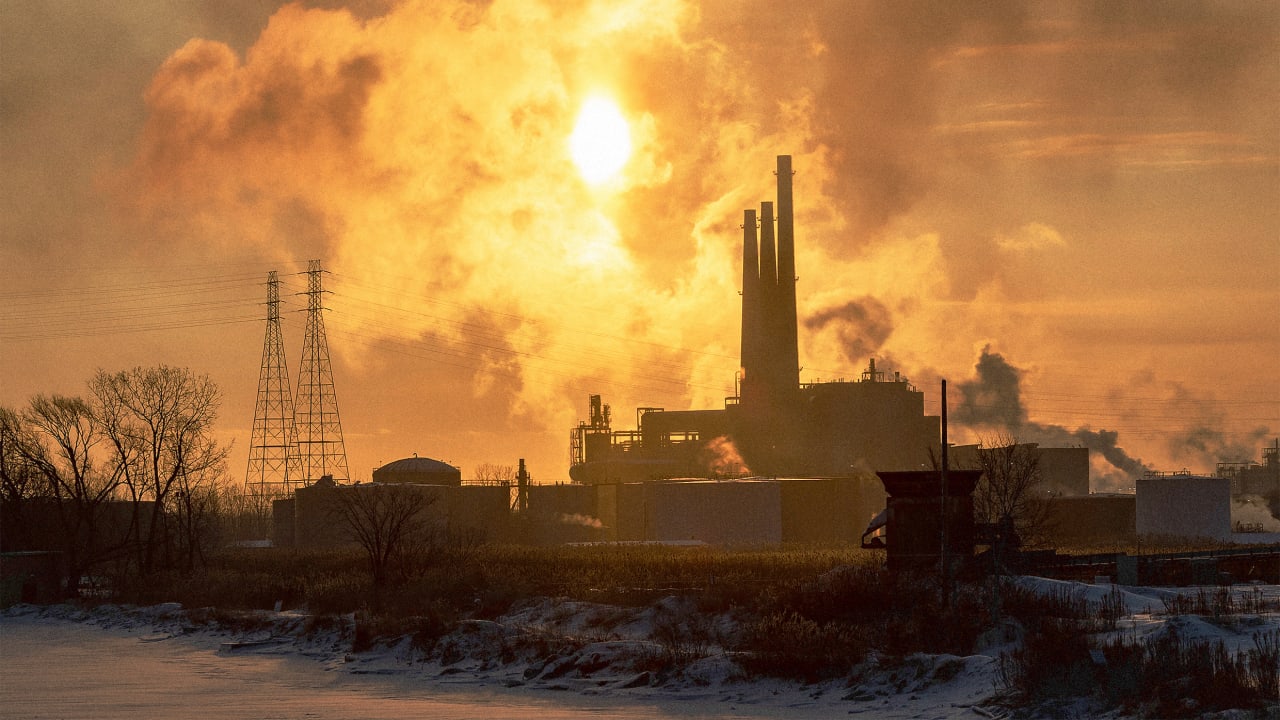These stunning photos show how nature came back after the world’s largest dam removal project
It’s been less than a year since the world’s largest dam removal project was completed along 420 miles of the Klamath River, near the border of Oregon and California. But if you look at the river now, you might not know that four dams had ever been in place. Instead of concrete walls and artificial reservoirs, the river is now free-flowing—and parts of the former infrastructure have been replaced by wildflowers that are in bloom. Iron Gate Dam, circa 2023 [Photo: Brian van der Brug/Los Angeles Times/Getty Images] “It’s been an incredible transition,” says Ann Willis, California regional director at American Rivers, a nonprofit that supported Native American tribes in a decades-long fight to take out the dams. “It’s really strange and wonderful to stand on the bridge that goes across the Klamath River and look upstream where Iron Gate Dam used to be. I used to imagine a river above it, and now I see the river.” Construction crews remove the top of the cofferdam that was left of Iron Gate Dam, allowing the Klamath River to run in its original path for the first time in nearly a century near Hornbrook, California, in August 2024. [Photo: Carlos Avila Gonzalez/San Francisco Chronicle/Getty Images] The dams were built between 1918 and 1962 to provide hydropower, and immediately blocked salmon from migrating. Over time, the ecosystem started to collapse. By 1997, coho salmon in the river were listed as endangered. (The river was once the third-largest salmon fishery in the continental U.S.) In 2002, when the federal government diverted water to farms instead of letting it flow downstream in the river, tens of thousands of salmon died. Local tribes like the Yurok—who have lived by the river for at least 10,000 years, and who consider salmon a central and sacred part of their culture—started the long fight to take out the dams. Beyond the direct impact on fish, the dams impacted the larger environment as the flow of nutrients down the river stopped. Willis compares dams to a blockage in human arteries that eventually lead to a heart attack. “When you put a dam in a river, there’s an entire living network of things that depends on the flow of the river—the patterns and relationship of the river and its flow with the land around it,” she says. “When you block it, you start this long process of decline. That’s the bad news. The good news is one of the fastest ways to resuscitate a river and its surrounding ecosystem is to simply remove the dam.” Copco No. 1 prior to removal [Photo: Daniel Nylen/courtesy American Rivers] The advocacy was a challenge. But the tribes and environmental groups behind the campaign were helped by the fact that it was ultimately more expensive for the power company to keep the aging dams in place than to get rid of them. The power that the dams provided was also relatively easy to replace, since it made up only 2% of the utility’s power generation. (The utility’s overall plan to meet power needs includes more investment in renewable energy, more energy efficiency, and a small amount of natural gas.) In 2016, after years of negotiation, the power company transferred the dams to a nonprofit in charge of their removal. In 2022, the federal government greenlit the plan, which had a cost of around $450 million, funded both by California state bond money and by utility customers. From top: Before the removal of Copco No. 2, and after. [Photos: Shane Anderson/Swiftwater Films/courtesy American Rivers] The dams were taken out in phases, with the smallest removed in 2023 and the rest last year, all carefully timed to avoid disrupting fish that might try to swim through the area. First, the reservoirs were drained. Then demolition crews blew up larger concrete structures. Dump trucks cleared away rocks, dirt, and sand, returning some of the material to the hillsides it was carved out of decades ago. The former Copco reservoir site [Photo: Matt Mais/Yurok Tribe] Plans for restoring plant life started earlier. A crew of primarily Yurok tribe members began collecting seeds from native flowers and trees in 2019. Most of the seeds went to nurseries, where they were grown in fields to produce more flowers and even more seeds. “There were over 2,000 acres that needed revegetation,” says Joshua Chenoweth, an ecologist who worked with the Yurok tribe on the project. “Because it’s so large, you can’t collect enough seed to just throw it back on the landscape.” [Photo: Matt Mais/Yurok Tribe] The crew eventually spread billions of seeds using a variety of methods, from hand-planting to using a helicopter in areas where it was too dangerous to walk. Right now, the hills are covered in California poppies and a mix of other plants. “The hand-seeding exceeded my wildest expectations,” Chenoweth says. [Photo: Matt Mais/Yurok Tribe] The fish also came back faster than scientists expected. “The dam removal was officially complete on September 30,” says Willis. “The
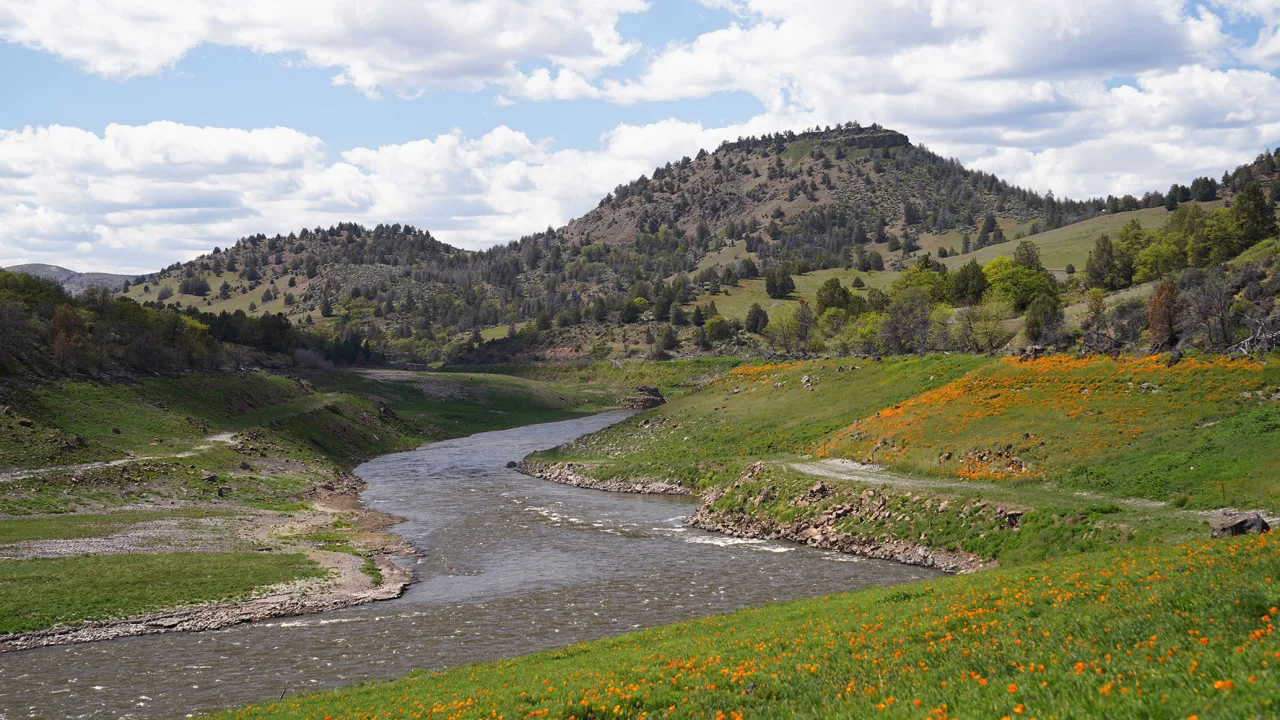
It’s been less than a year since the world’s largest dam removal project was completed along 420 miles of the Klamath River, near the border of Oregon and California. But if you look at the river now, you might not know that four dams had ever been in place. Instead of concrete walls and artificial reservoirs, the river is now free-flowing—and parts of the former infrastructure have been replaced by wildflowers that are in bloom.
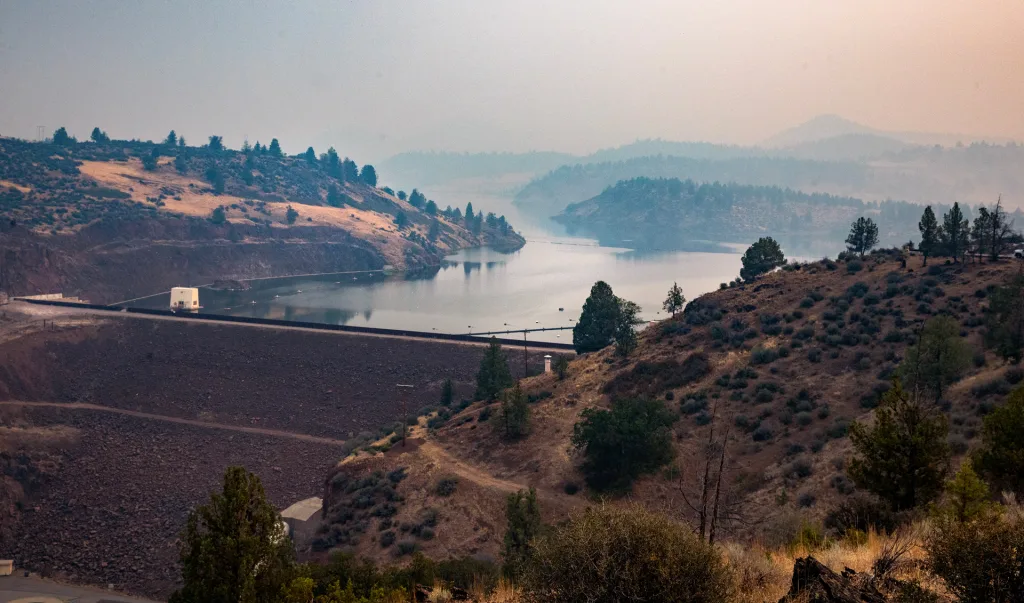
“It’s been an incredible transition,” says Ann Willis, California regional director at American Rivers, a nonprofit that supported Native American tribes in a decades-long fight to take out the dams. “It’s really strange and wonderful to stand on the bridge that goes across the Klamath River and look upstream where Iron Gate Dam used to be. I used to imagine a river above it, and now I see the river.”
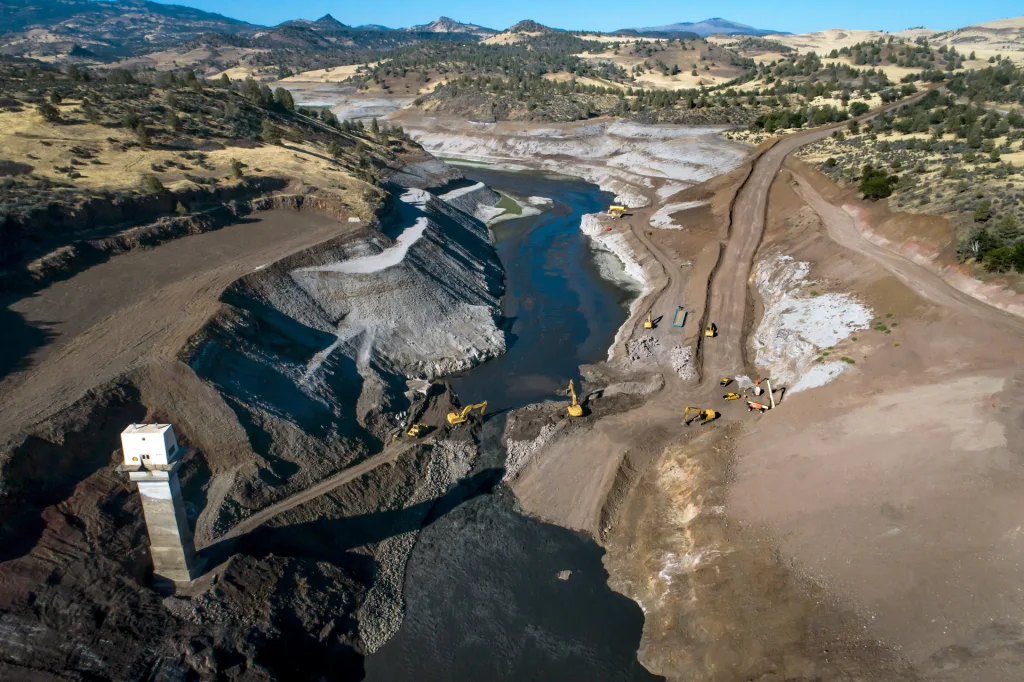
The dams were built between 1918 and 1962 to provide hydropower, and immediately blocked salmon from migrating. Over time, the ecosystem started to collapse. By 1997, coho salmon in the river were listed as endangered. (The river was once the third-largest salmon fishery in the continental U.S.) In 2002, when the federal government diverted water to farms instead of letting it flow downstream in the river, tens of thousands of salmon died. Local tribes like the Yurok—who have lived by the river for at least 10,000 years, and who consider salmon a central and sacred part of their culture—started the long fight to take out the dams.
Beyond the direct impact on fish, the dams impacted the larger environment as the flow of nutrients down the river stopped. Willis compares dams to a blockage in human arteries that eventually lead to a heart attack. “When you put a dam in a river, there’s an entire living network of things that depends on the flow of the river—the patterns and relationship of the river and its flow with the land around it,” she says. “When you block it, you start this long process of decline. That’s the bad news. The good news is one of the fastest ways to resuscitate a river and its surrounding ecosystem is to simply remove the dam.”
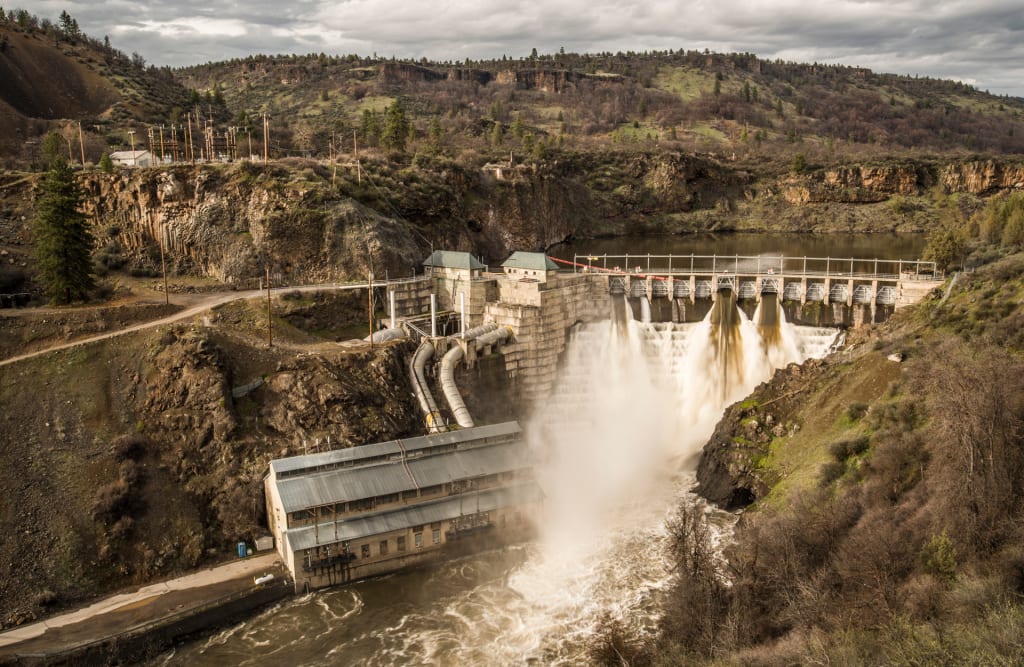
The advocacy was a challenge. But the tribes and environmental groups behind the campaign were helped by the fact that it was ultimately more expensive for the power company to keep the aging dams in place than to get rid of them. The power that the dams provided was also relatively easy to replace, since it made up only 2% of the utility’s power generation. (The utility’s overall plan to meet power needs includes more investment in renewable energy, more energy efficiency, and a small amount of natural gas.)
In 2016, after years of negotiation, the power company transferred the dams to a nonprofit in charge of their removal. In 2022, the federal government greenlit the plan, which had a cost of around $450 million, funded both by California state bond money and by utility customers.
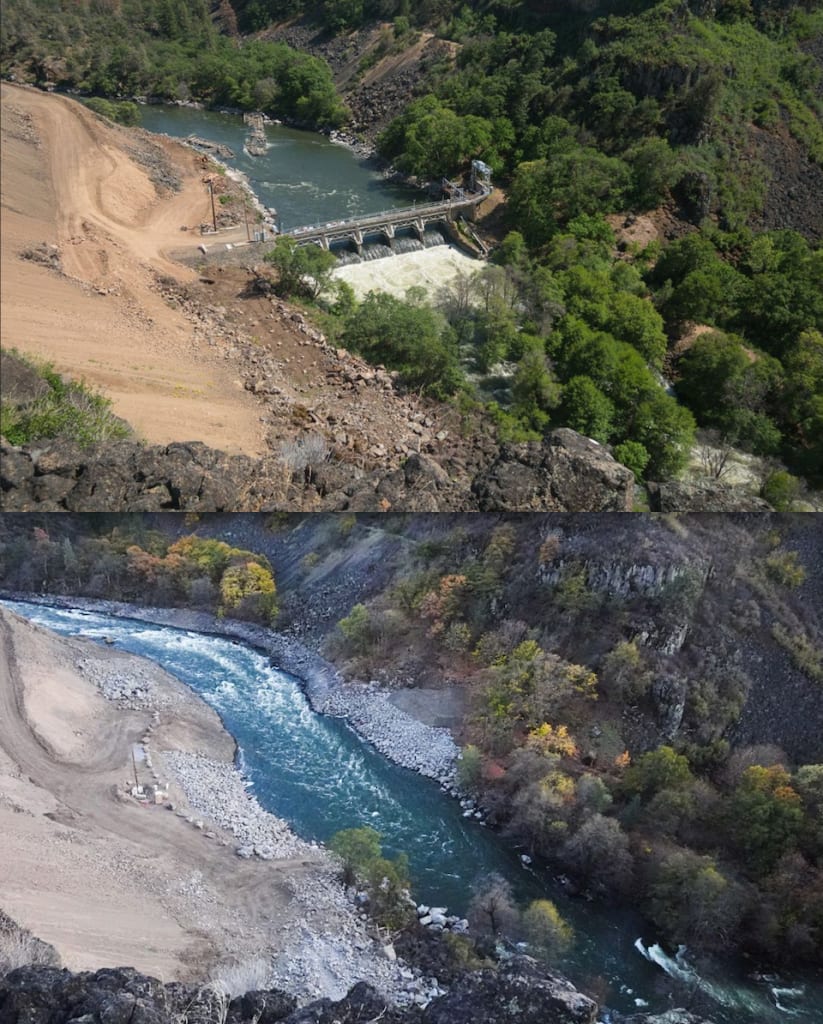
The dams were taken out in phases, with the smallest removed in 2023 and the rest last year, all carefully timed to avoid disrupting fish that might try to swim through the area. First, the reservoirs were drained. Then demolition crews blew up larger concrete structures. Dump trucks cleared away rocks, dirt, and sand, returning some of the material to the hillsides it was carved out of decades ago.
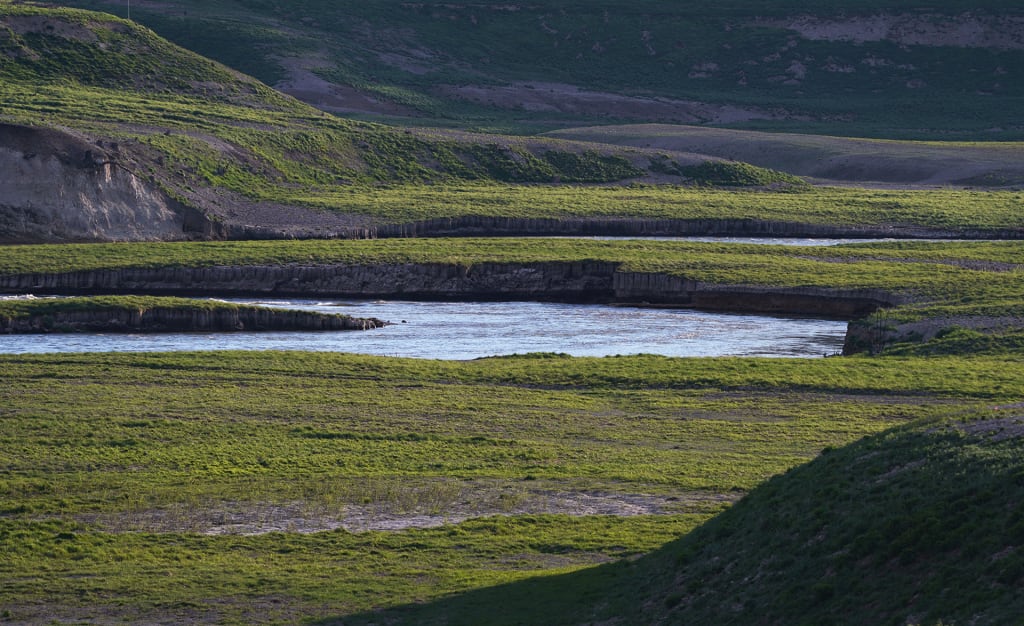
Plans for restoring plant life started earlier. A crew of primarily Yurok tribe members began collecting seeds from native flowers and trees in 2019. Most of the seeds went to nurseries, where they were grown in fields to produce more flowers and even more seeds. “There were over 2,000 acres that needed revegetation,” says Joshua Chenoweth, an ecologist who worked with the Yurok tribe on the project. “Because it’s so large, you can’t collect enough seed to just throw it back on the landscape.”
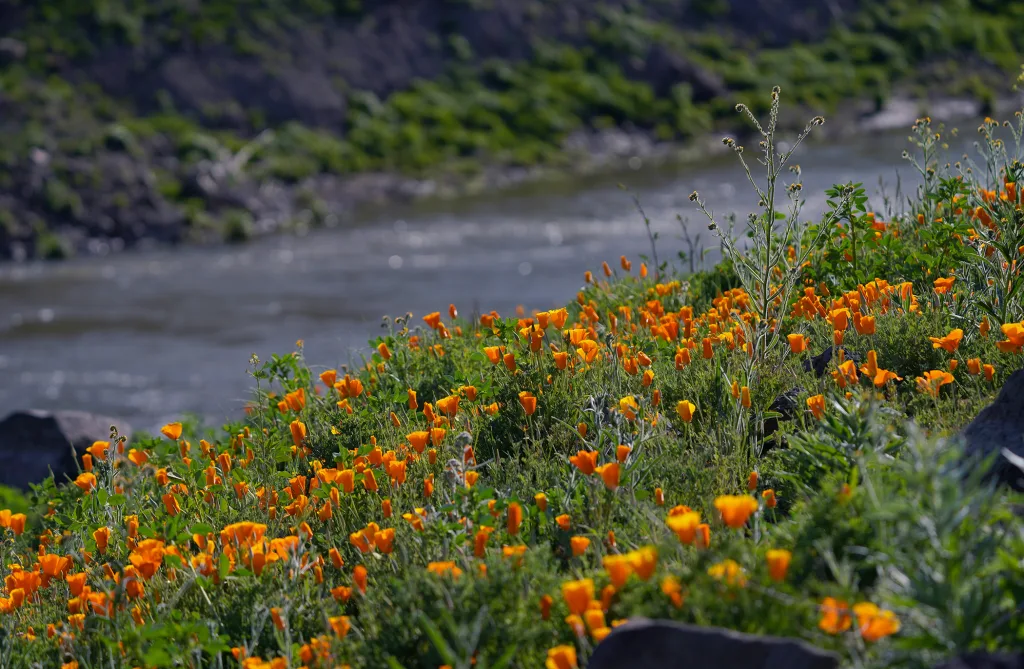
The crew eventually spread billions of seeds using a variety of methods, from hand-planting to using a helicopter in areas where it was too dangerous to walk. Right now, the hills are covered in California poppies and a mix of other plants. “The hand-seeding exceeded my wildest expectations,” Chenoweth says.
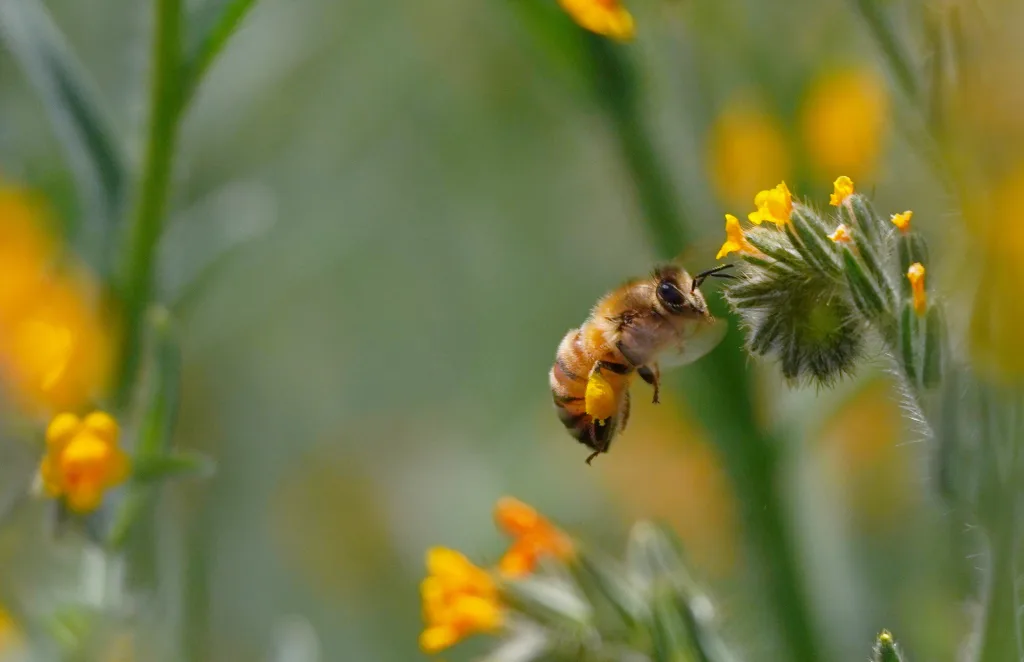
The fish also came back faster than scientists expected. “The dam removal was officially complete on September 30,” says Willis. “The first salmon was detected swimming upstream into that ancestral habitat in three days, which was just shocking. Then, within a month, 6,000 salmon were detected swimming upstream. I don’t think anyone expected this quick of a response at this really large scale.”



































































































































































![[The AI Show Episode 147]: OpenAI Abandons For-Profit Plan, AI College Cheating Epidemic, Apple Says AI Will Replace Search Engines & HubSpot’s AI-First Scorecard](https://www.marketingaiinstitute.com/hubfs/ep%20147%20cover.png)














































































































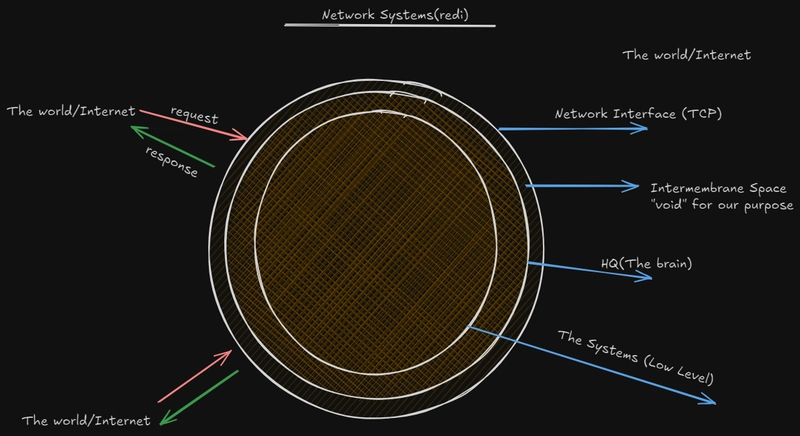

































































































































































































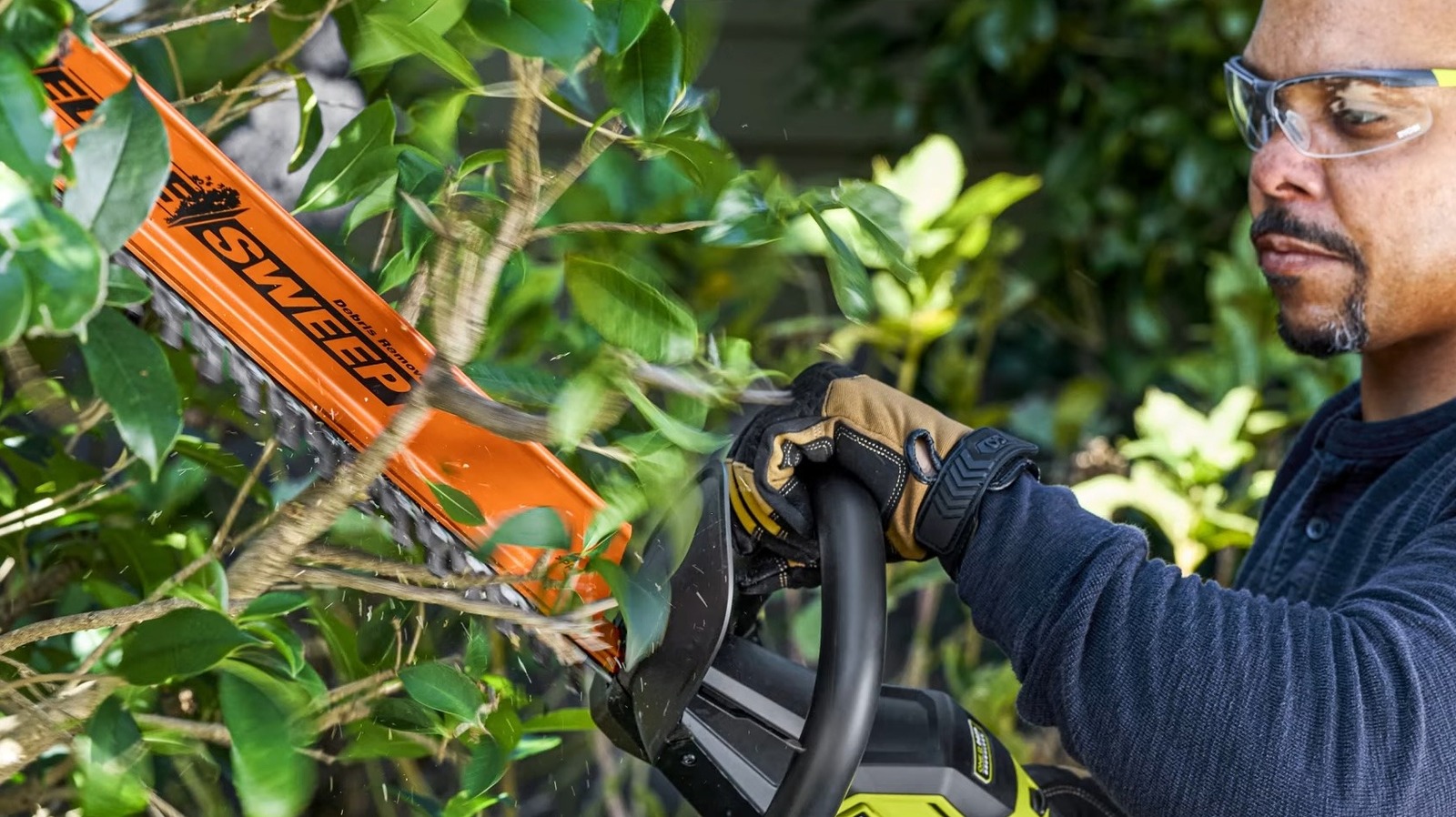

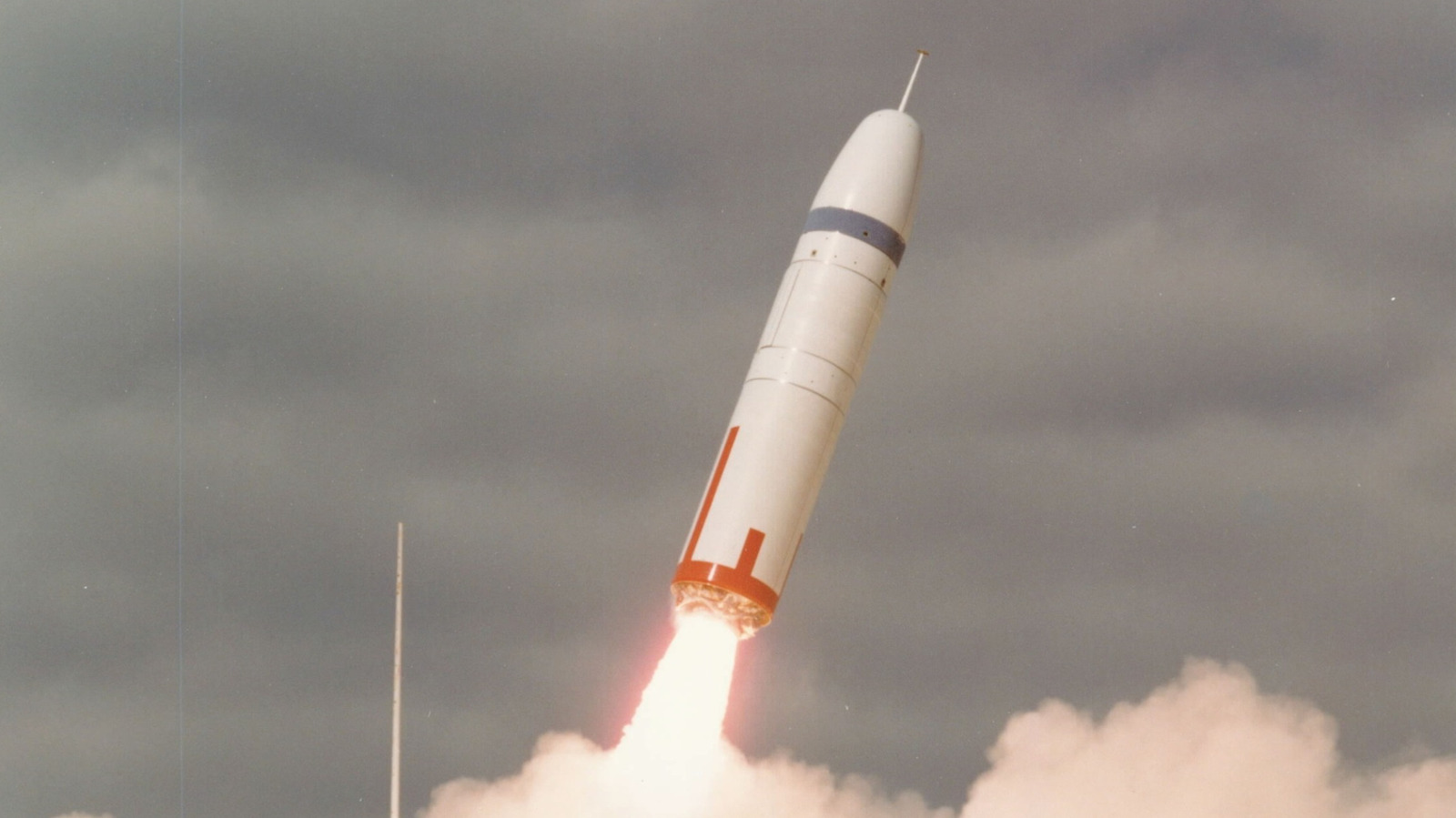


































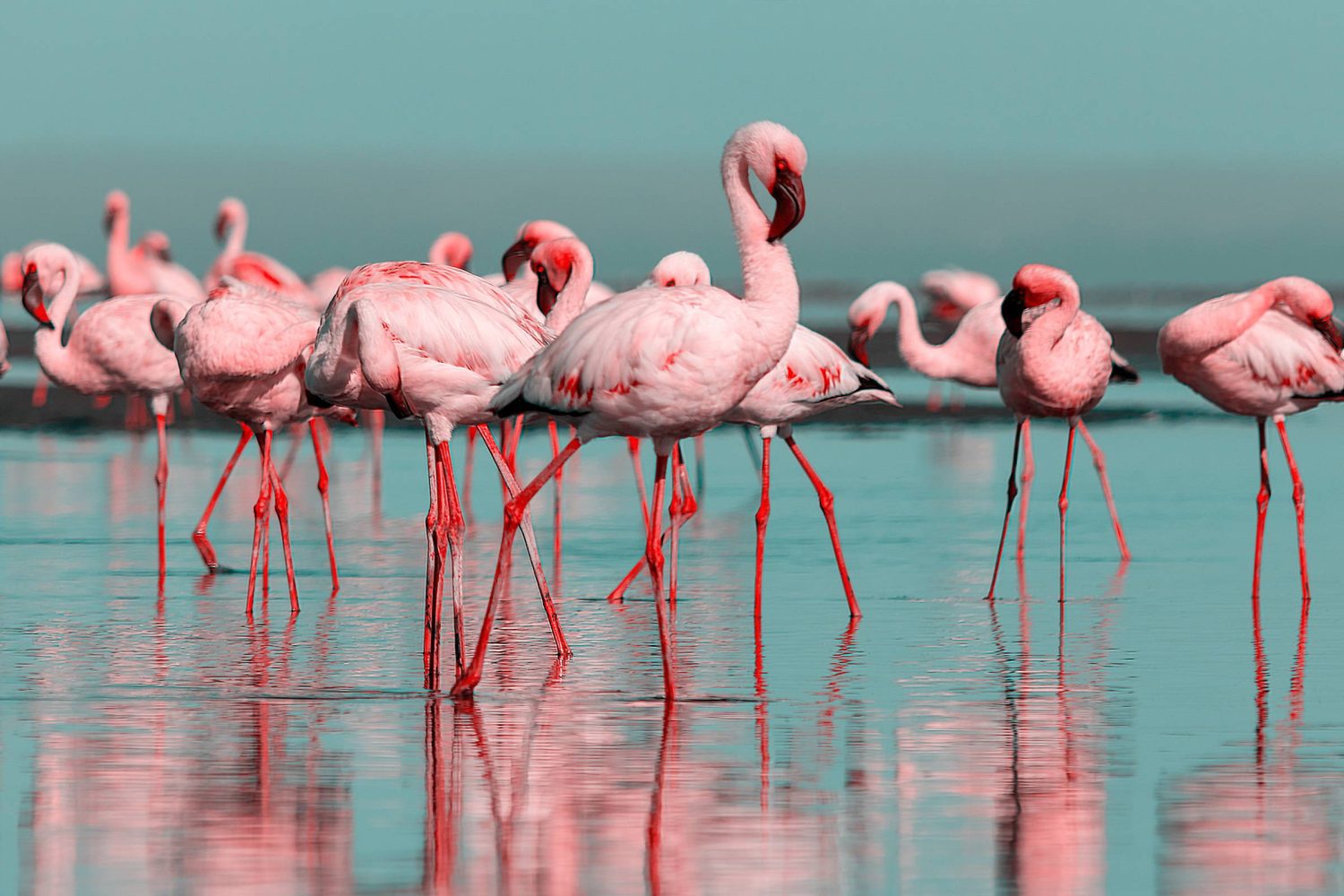




































![Apple Working on Brain-Controlled iPhone With Synchron [Report]](https://www.iclarified.com/images/news/97312/97312/97312-640.jpg)






















































































